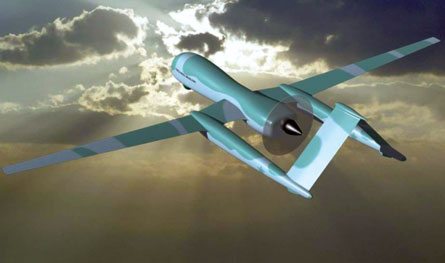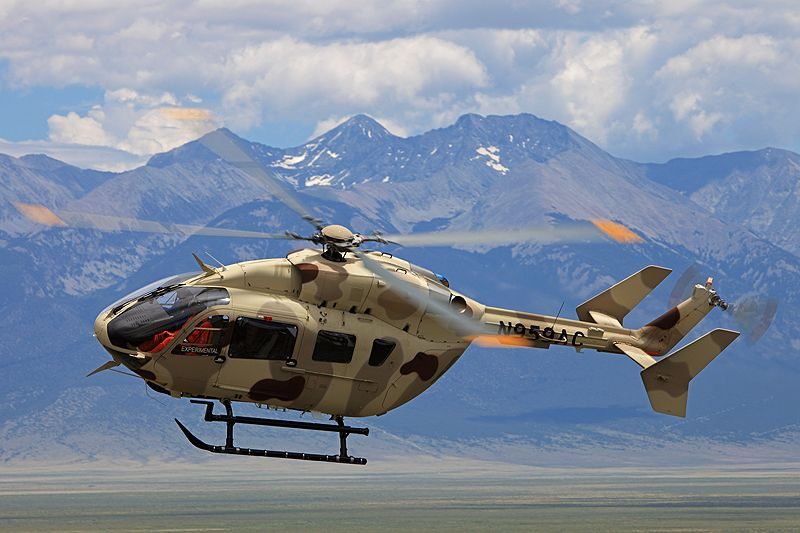The story of how Empresa Brasileira de Aeronáutica S.A. (Embraer) became one of the leading aircraft manufacturers in the world and one of the most successful instances of neoliberal privatization policy has become a case study. Established in August 19, 1969 as a government-controlled company, Embraer began building the EMB-326 Xavante advanced trainer under license from Italian Aermacchi. Nevertheless, it was the EMB-200 Ipanema crop duster and the EMB-400 Urupema glider its firsts in-house developed aircrafts.
By the 1980s Embraer’s product list grew with the introduction of the AMX International advanced trainer, a shared development project between Aermacchi and Embraer, followed by the highly successful EMB-312 Tucano primary trainer. However, Embraer’s true milestone in becoming a world-leading manufacturer was the EMB-120 Brasilia. The aircraft was Embraer’s first civilian product built based on market evaluation and evolving demands, introducing class leading performance.
Nevertheless, the Latin American debt crisis of the 1980s hit the Brazilian economy hard; by the early 1990s the government laidoff thousands of employees across the country. Implementing neoliberal reforms and after 25 years of government-controlled, Embraer was privatized on December 7, 1994.
The privatization of Embraer by the Brazilian government was a major turning point for the company. The new structure of shareholders introduced leading standards of efficiency and a rigorous business culture driven by the principal element of capitalism, profits. Currently, the company’s commercial aviation segment makes up 64% of its revenue, followed by executive aviation with 19%, defense and security 15%, while the other 2% is customer support.
In the post-privatization period, the company’s first product was the Embraer Regional Jet (EJR) 145. Originally developed under the government-controlled company, the aircraft later evolved into the ERJ-135 / 140 / 145 civilian family aircraft, as well as its military variants: the EMB-145 airborne early warning and control (AEW&C), EMB-145 Multi Intel ground surveillance and the EMB-145 marine patrol (MP). Embraer also developed the EM-314 Super Tucano primary trainer and counter-insurgency (COIN) in the late 1990s.
In the past decade, Embraer has immensely expanded its product line. The greatest growth has been in the commercial aviation with the introduction of the highly successful ERJ-170 / 175 / 190 / 195 family aircraft. At the same time, the company has immensely expanded in the executive jet market as well with its Phenom 100 / 300, Legacy 450 / 500 / 600 / 650 and the Lineage 1000.
Although Embraer has suffered some setbacks in its intentions to expand into U.S. defense, the company is planning some bold moves in with the development of the KC-390. The aircraft will compete head-to-head with Lockheed Martin C-130J Super Hercules, capable of transporting large amounts of cargo and perform tanker missions, lifting a maximum of 23 tonnes (50,706 pounds) at a distance of 1,400 nautical miles.
Embraer is planning to further expand its defense segment with the development and production of Predator class medium-altitude unmanned aerial vehicle (UAV) through a joint-venture with Israeli Elbit Systems. Even more important is the FX-2 fighter competition to supply the Brazilian Air Force with a first batch of 36 aircrafts. The winner of the FX-2 competition (currently being disputed between the Boeing F-18 E/F Super Hornet, Dassault Rafale and Saab Gripen) will deliver an unprecedented level of technology transfer and know-how to Embraer.
Embraer went from a bust government-controlled company in 1994 to the third largest aircraft manufacturer today, with an international presence in the United States, France, Portugal, China and Singapore. In the post-privatization period, Embraer has maintained a competent management and rigorous discipline in its product development. The progress after 1994 has been astronomical to say the least. Since 1994 the number of employees raised considerably from 3 thousand to 23 thousand in 2008, while aircraft deliveries also rose from 4 aircrafts in 1996 to 246 in 2010.
The most challenging obstacles that Embraer faces are not from foreign competition, but from within Brazil. The country suffers from high corporate taxes, high production costs, lack of skilled workforce and a stubborn government that refuses to open its markets, a move that even if partial will greatly benefit its aerospace industry. Time will tell if its well established culture of efficiency, discipline and competence will continue; but one factor is certain, Embraer’s success story is undeniably remarkable in a region notorious for industrial disappointments.
References
Embraer. “Embraer Historical Center”. Embraer, May 1, 2012,
Embraer. “About Embraer”. Embraer, May 1, 2012,
Mecham, Michael “Innovation & Bureaucracy”. Aviation Week and Space Technology, April 23, 2012: 66-70. Print Edition











